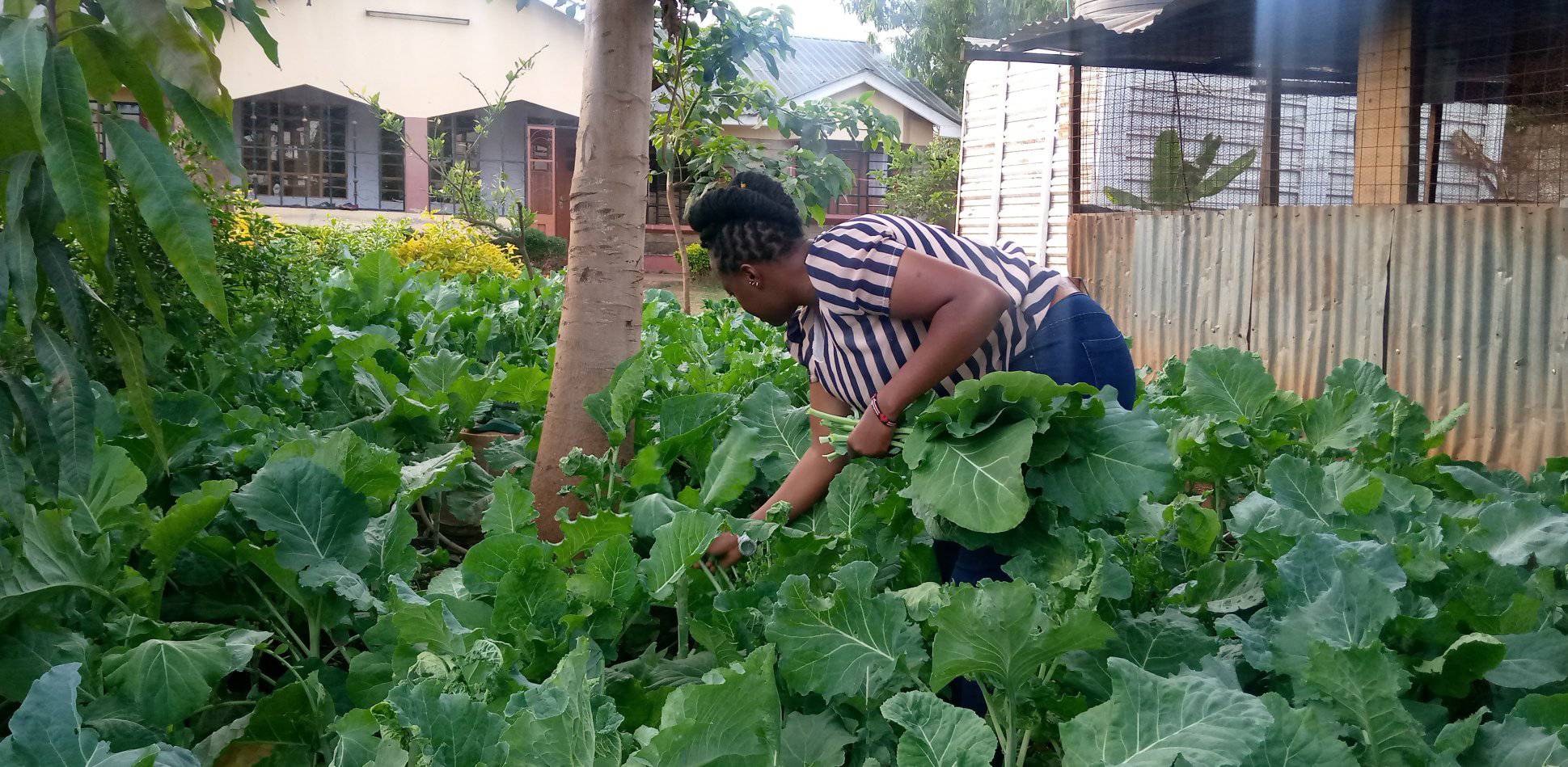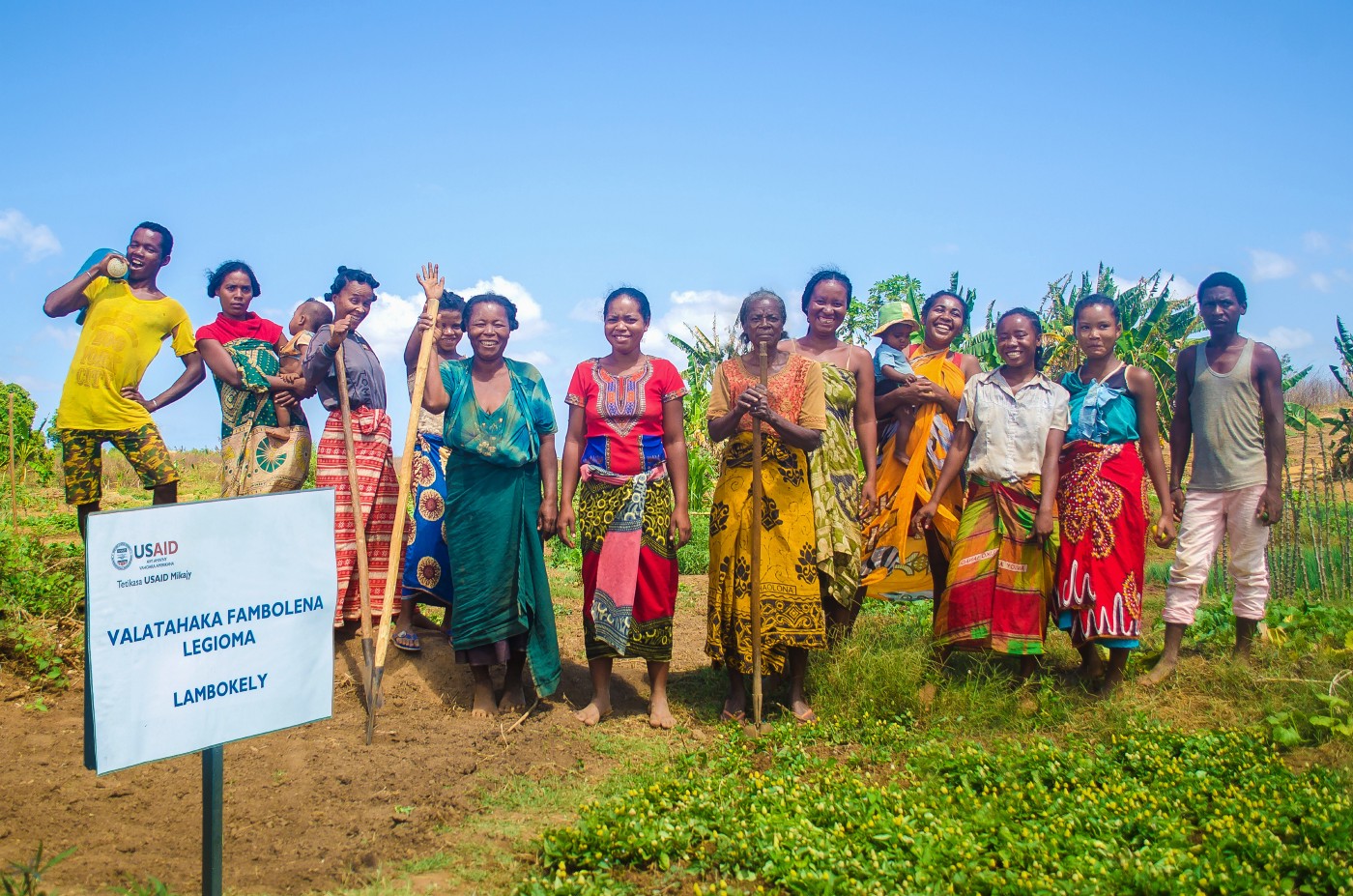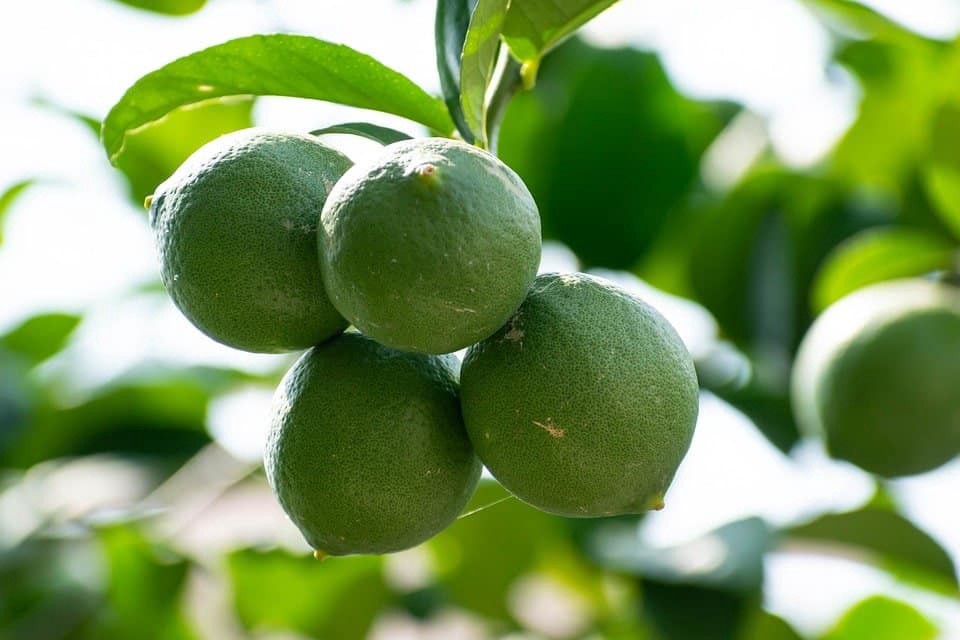TIPS FOR SUCCESSFUL SUKUMA WIKI FARMING
Site selection
Selecting the site for sukuma wiki cultivation is key to its success. Optimal sites for sukuma wiki farming boast well-draining soil and receive ample sunlight, typically at least 6-8 hours of direct sunlight daily. Its crucial to avoid waterlogged or compacted soils, which can impede root growth and lead to plant stress. Additionally, choosing a location with protection from strong winds can prevent physical damage to the plants.
Soil preparation
Soil preparation is a foundational step in sukuma wiki farming, essential for creating an optimal environment that supports healthy plant growth and abundant yields. Before planting sukuma wiki, make sure the soil is well-prepared. Sukuma wiki prefers fertile, loamy soil with a pH between 6.0 and 7.5. Avoid waterlogged or compacted soils, as they can stunt plant growth. The soil is carefully tilled to a depth of at least 8-10 inches using tools such as a garden fork, hoe, or tiller, ensuring proper aeration and root penetration. Incorporating organic matter, such
as compost, well-rotted manure, or leaf mold, enriches the soil with essential nutrients, improves its structure, and enhances moisture retention. Once the soil is amended and leveled, planting rows or beds are established, providing ample space for plant development and ease of maintenance.
Choosing planting time
Choosing the right planting time is crucial for successful sukuma wiki cultivation, ensuring optimal growth and productivity. While sukuma wiki can be planted year- round in regions with mild climates, its essential to consider local weather pattern and seasonal variations. In areas with distinct seasons, its advisable to plant sukuma wiki during the cooler months to avoid heat stress, which can stunt growth and decrease yields. Planting too early in the spring may expose young plants to late frosts, while planting too late in the season may result in reduced growth
before the onset of cold weather.
Spacing and planting depth
Spacing and planting depth are fundamental considerations in sukuma wiki cultivation, playing a pivotal role in the development and yield potential of the crop. When establishing a sukuma wiki plot, spacing between plants is crucial for facilitating adequate airflow, light penetration, and nutrient absorption. Typically, sukuma wiki plants should be spaced 12-18 inches apart within rows, with rows spaced 18-24 inches apart to allow ample room for growth and maintenance. This spacing ensures that each plant has sufficient access to resources without
competing with neighboring plants.
Watering/irrigation
Keep the soil consistently moist but not waterlogged. Water sukuma wiki plants regularly, especially during dry spells, to prevent wilting and promote healthy growth. Mulching around the plants can help retain soil moisture and suppress weeds.
Fertilization
Before planting, its advisable to conduct a soil test to assess nutrient levels and pH, guiding fertilizer application. A balanced fertilizer, containing nitrogen (N), phosphorus (P), and potassium (K), is typically recommended for sukuma wiki, with specific ratios tailored to soil test results or general guidelines for vegetable crops. During soil preparation, incorporate the recommended amount of fertilizer evenly into the soil to ensure uniform nutrient distribution. Proper fertilization promotes vigorous growth, enhances resistance to pests and diseases, and ultimately contributes to a successful sukuma wiki harvest. However, its crucial to avoid overfertilization, which can lead to nutrient imbalances, environmental pollution, and reduced crop quality.
Weed control
Keep the area around sukuma wiki plants free from weeds, as they can compete for nutrients, water, and sunlight. Regularly remove weeds by hand or use mulch to suppress weed growth.
Pest and disease management
Monitor sukuma wiki plants regularly for signs of pests such as aphids, caterpillars, or cabbage worms. Handpick pests when possible and use organic pest control methods such as neem oil or insecticidal soap as needed. Practice crop rotation to reduce the risk of disease buildup in the soil.
Harvesting
Harvesting sukuma wiki marks the culmination of careful cultivation efforts and signals the transition from field to table. Typically, sukuma wiki leaves are harvested when they are young, tender, and vibrant green, offering optimal flavor and nutritional value. . Using a sharp knife or scissors, outer leaves are selectively cut near the base of the plant, allowing inner leaves to continue growing and sustaining the plants productivity.





